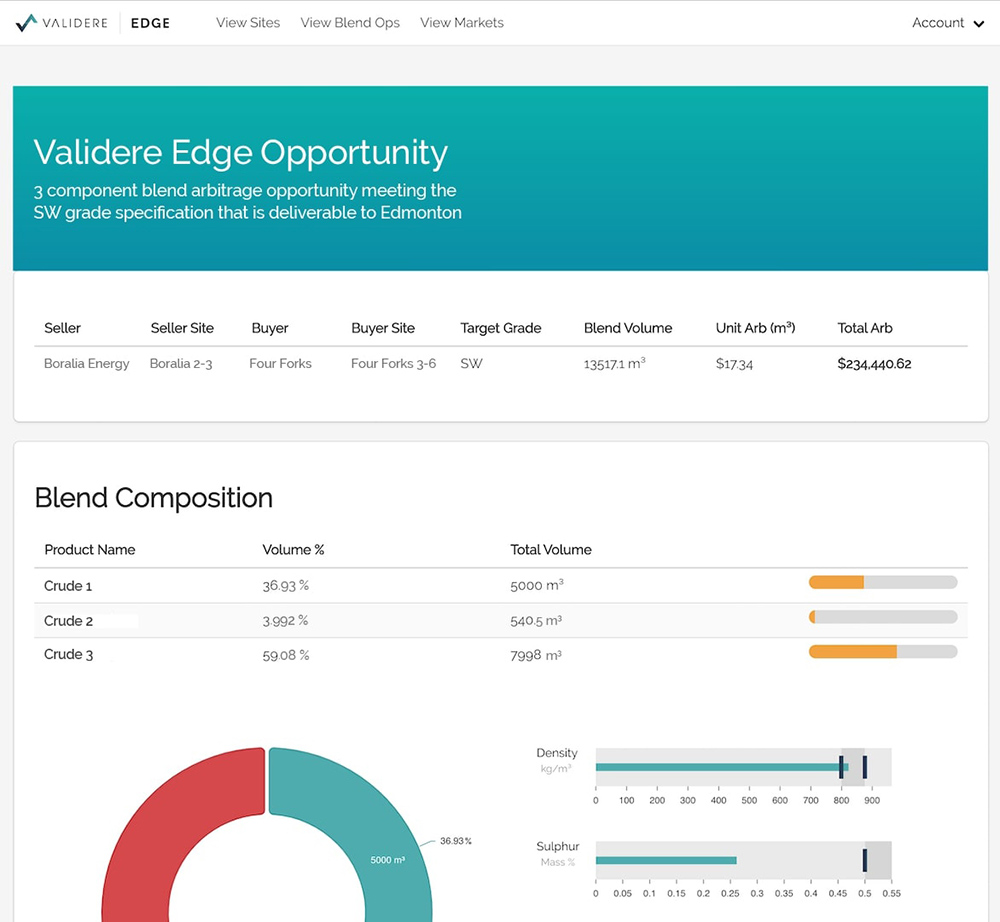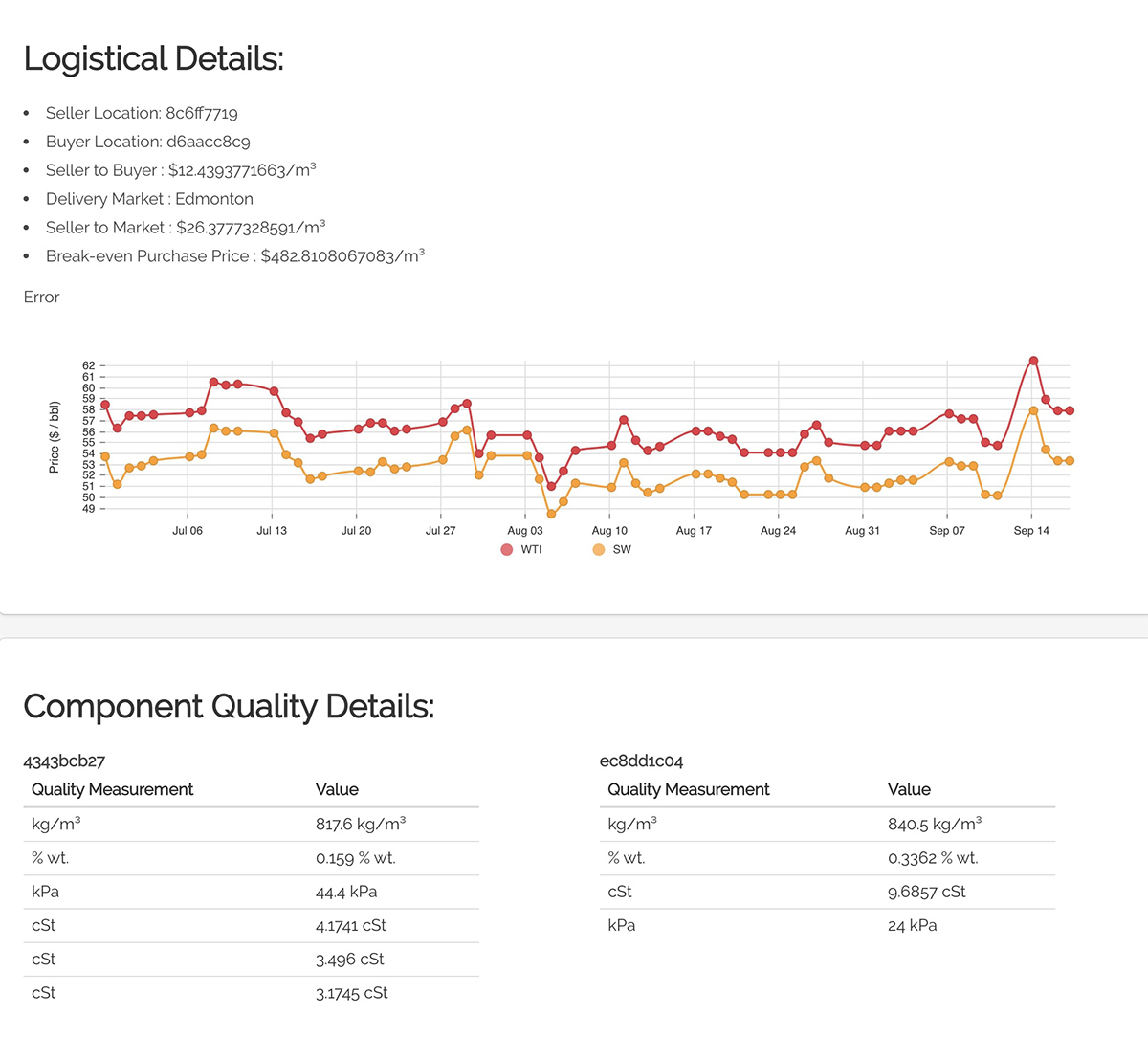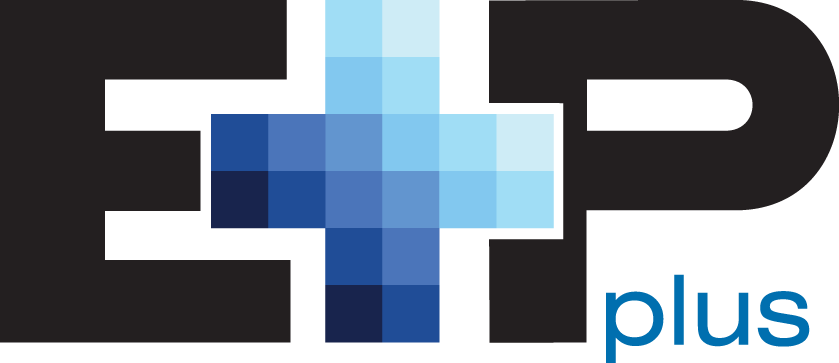
(Source: Pand P Studio/Shutterstock.com)
Presented by:
Editor's note: This article originally appeared in the March issue of E&P Plus.
Subscribe to the digital publication here.
Product quality directly drives hydrocarbon prices and determines where barrels can be delivered. It’s a critical factor in optimizing how oil and gas is produced, transported and refined. Despite the importance of quality, it remains difficult to measure accurately and in real time. With products moving quickly and mixing constantly throughout the supply chain, maintaining an accurate record of quality is complicated.
Validere tackled these challenges by building models that act as a digital copy of a site. These models provide data about the properties of the crude product as it moves through the facility. This made it possible to gain insight into a facility’s operations, capabilities, and production volumes and qualities. As Validere onboarded more facilities, it became clear that there was value in facilitating mutually beneficial connections between clients. The added transparency has enabled market participants to gain efficiencies in transportation, blending and increase the value of their barrels.

Upside for crude buyers and sellers
Trucking costs and/or pipeline tariffs are one of the most common areas that producers leave money on the table. The biggest challenge in avoiding this pitfall is obtaining information about the most efficient and profitable option. It is relatively simple for a producer to consult multiple providers for cost estimates to the closest facility in their area and choose the lowest. This is the easiest and most realistic case for most firms.
It is much more difficult for a producer to know their buyer’s blending facility quality specifications, volumes and exact demand, and then negotiate a higher price based on that knowledge. This scenario simply isn’t a reality for the vast majority of producers because this information is not generally available, or in some cases even known with certainty. However, this situation occurs more frequently than most clients realize, and there is huge upside for both buyers and sellers.
A hypothetical crude buyer may be an E&P firm that blends its own production with third-party barrels. Because there is no way for them to easily access quality data from producers nearby, they may not be aware that another producer just down the road is selling crude that would result in a higher netback if blended and if throughput is increased. By incorporating these products, a buyer may be able to sell a final blended crude that is either closer to grade specifications and thus more profitable, or that can be sold as a higher-priced grade.
The Validere platform can save significant time when sourcing niche, hard-to-find barrels outside of existing marketing relationships. The added optionality provides free insurance through backup supply points in case of disruptions, shut-ins and operational downtime. By being able to consider blend opportunities that were previously unavailable due to a lack of information, a buyer can increase their netbacks, find the optimal logistics and blending program, and have fail-safes integrated with their existing operations.

A hypothetical crude seller may be a producer with no blending facilities and limited optionality in barrel placement. Many sellers have very few options when it comes to choosing who to sell their barrels to. They may not have the required headcount, time to look into optionality, or tools and skillset to perform a more detailed analysis; thus, they are forced to accept the price they are offered.
Validere provides additional information points to verify and validate current pricing arrangements, and it can act as a source of truth in negotiations and conversations about quality. For the producers that have more connectivity or are in more densely explored areas, Validere offers a wider look at purchasers and infrastructure that may be feasible to connect with. This also lowers risk through the diversification of buyers and end markets, and it reduces the dependence on a single party to be able to take barrels. For sellers that are looking to expand their operations, Validere allows an entity to evaluate options in new markets without hiring new individuals internally.
Validere’s platform was created to reduce friction within the marketplace with transactions facilitated by a neutral third party. By only flagging an opportunity if both parties can realize higher netbacks, Validere provides upside to buyers and sellers with low risk for both parties. The opportunities that are given are essentially free options: there is no overhead or obligation to transact, and proprietary data are not made public.
By optimizing transport and barrel placement, Validere also provides ESG value. The process of shipping crude is streamlined, reducing emissions from transportation. Detailed quality data prevents product contamination, leading to less waste and disposal challenges.
By knowing exactly what molecules a client owns as well as where they are, Valdiere provides a record of quality and adds certainty to the supply chain.
Connecting clients to streamline production
The key to adding liquidity and streamlining the oil market is connectivity to a wide range of facilities. Validere has network width and depth, and the number of connected sites is constantly growing. The platform is used by more than 50 companies across North America, with operations in multiple basins dealing with crudes that have highly diverse quality properties. Currently, 383,283 bbl/d are logged on Validere, with an average opportunity volume of 13,000 bbl. As of January, there are 443 producer sites, 79 midstream terminals and four marketers with their full lease books connected through the platform. This means that Validere can quickly find the best home for any barrel, maximizing profit through blending and ensuring the highest netback for buyers and sellers.
Between the six blenders currently using Validere, there are 219 unique blending facilities that crude sellers may be connected to. These facilities have the ability to blend a vast range of native production and often search for barrels with niche quality specifications. In total, clients on the Validere platform blend 42 different grades of crude.
So far, Validere has handled and created value for 906,000 producer barrels. When a new client joins Validere, they are presented with an average of 44 opportunities to choose from to take advantage of arb and optimize their strategy. The average size of these arbitrage opportunities is $62,500, which is a significant amount of capital that can be reinvested on a monthly basis. Increasing margins by $3/bbl to $5/bbl on average allows buyers to optimize their blending assets while sharing the profits with sellers to incentivize deals. These benefits will only continue to grow as more clients from different parts of the industry join and provide added optionality.
The network effect from the platform has increased dramatically over the last few quarters and shows no signs of slowing. The commodities marketplace in the future will enjoy higher liquidity, less friction and optimal pricing for all parties.
Recommended Reading
Comstock Continues Wildcatting, Drops Two Legacy Haynesville Rigs
2024-02-15 - The operator is dropping two of five rigs in its legacy East Texas and northwestern Louisiana play and continuing two north of Houston.
CEO: Continental Adds Midland Basin Acreage, Explores Woodford, Barnett
2024-04-11 - Continental Resources is adding leases in Midland and Ector counties, Texas, as the private E&P hunts for drilling locations to explore. Continental is also testing deeper Barnett and Woodford intervals across its Permian footprint, CEO Doug Lawler said in an exclusive interview.
To Dawson: EOG, SM Energy, More Aim to Push Midland Heat Map North
2024-02-22 - SM Energy joined Birch Operations, EOG Resources and Callon Petroleum in applying the newest D&C intel to areas north of Midland and Martin counties.
Vår Energi Hits Oil with Ringhorne North
2024-04-17 - Vår Energi’s North Sea discovery de-risks drilling prospects in the area and could be tied back to Balder area infrastructure.
Chevron Hunts Upside for Oil Recovery, D&C Savings with Permian Pilots
2024-02-06 - New techniques and technologies being piloted by Chevron in the Permian Basin are improving drilling and completed cycle times. Executives at the California-based major hope to eventually improve overall resource recovery from its shale portfolio.






